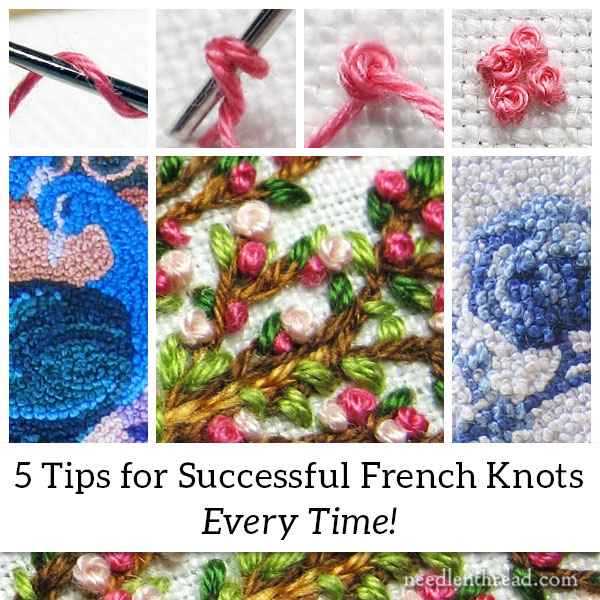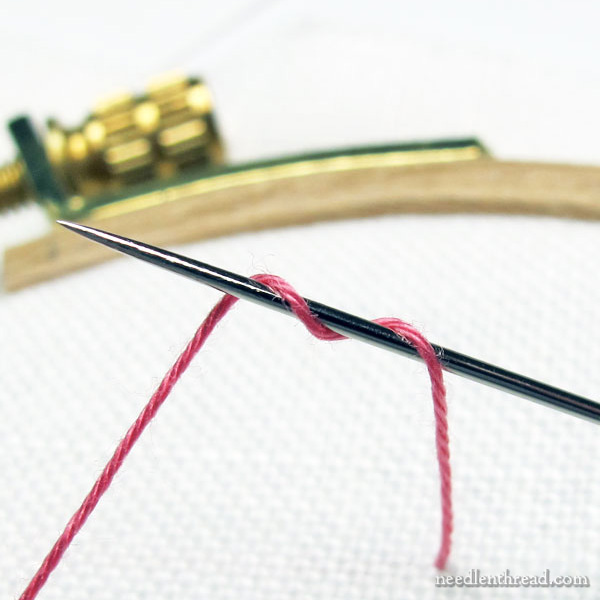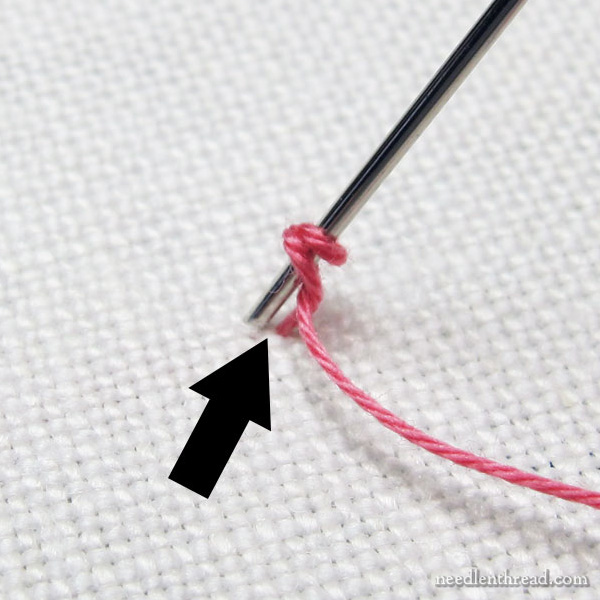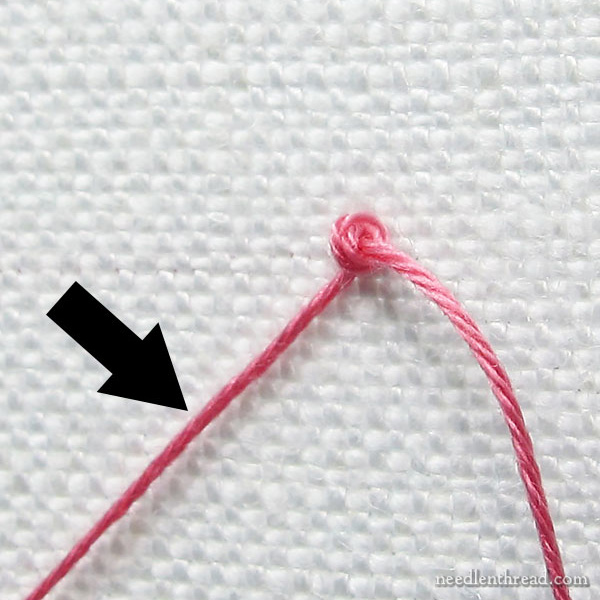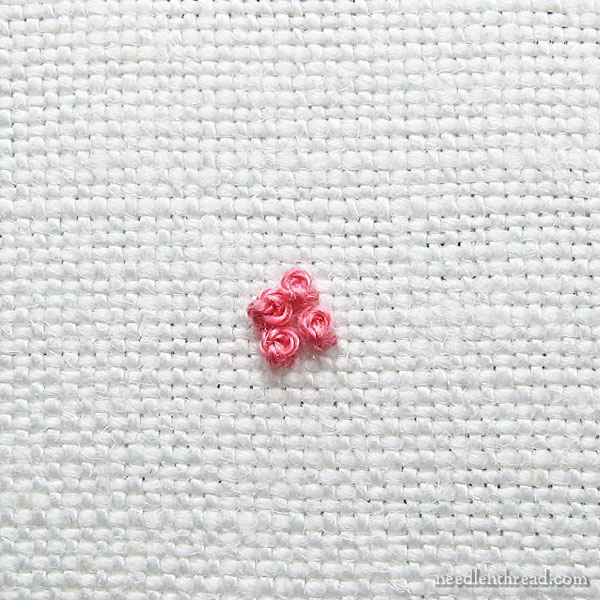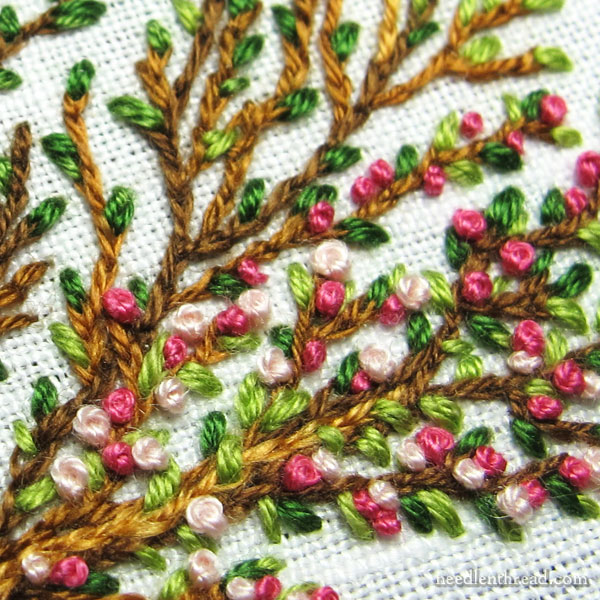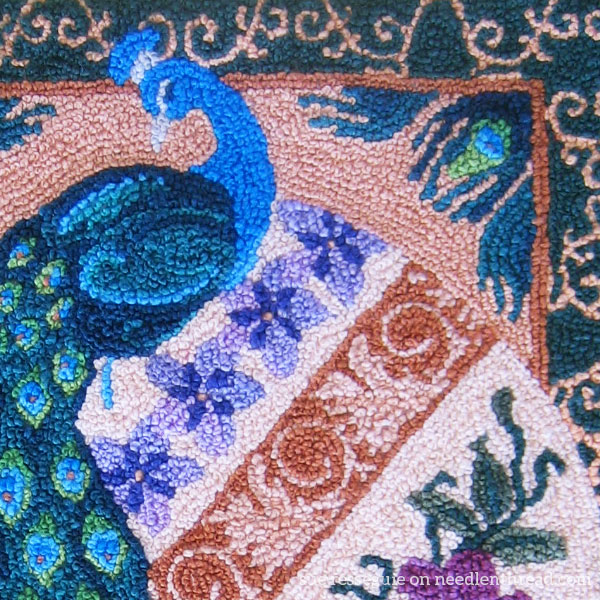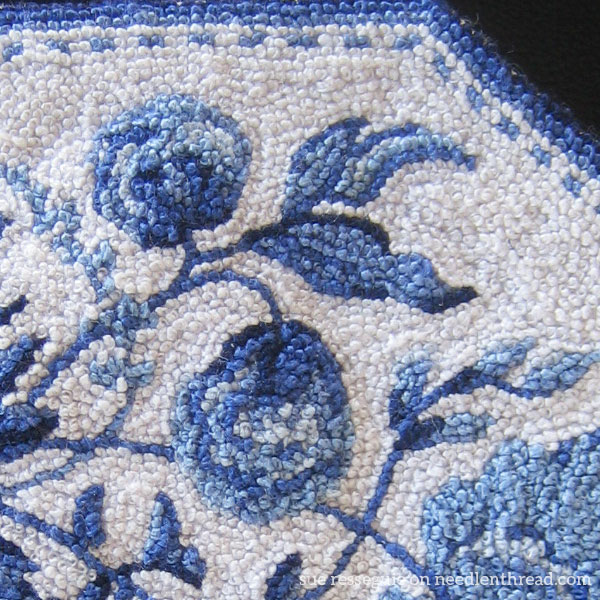|
|||||||
Contact Information: e-mail:
Find me on Facebook: Needle 'n Thread on Facebook
Find me on Pinterest: Mary Corbet on Pinterest
|
|||||||
Showing posts with label French knots. Show all posts
Showing posts with label French knots. Show all posts
Friday, January 5, 2018
Make Perfect French Knots
A wonderful tutorial on making those dreaded French Knots from Mary Corbet. She gives wonderful hints for making those little boogers uniform and perfect. Here is article she shared on her website.
Subscribe to:
Posts (Atom)

